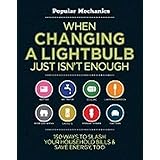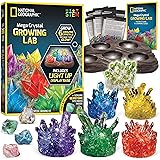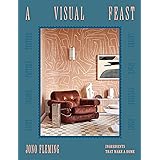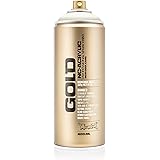Unleash Creativity: The Joy of DIY Homemade Toys for Kids
Are you constantly searching for engaging, enriching activities for your children that don’t break the bank or involve endless screen time? The delightful video above gives us a glimpse into the wonderful world of imaginative play with DIY homemade toys. It reminds us that often, the most cherished playthings are those crafted with love and ingenuity from everyday materials.
In a world overflowing with mass-produced gadgets, the concept of making toys at home might seem old-fashioned. However, the benefits extend far beyond just saving money. Crafting DIY toys encourages creativity, fosters a deeper connection with the materials, and provides children with a unique sense of accomplishment.
Beyond the Screen: Why DIY Homemade Toys Matter for Development
The magic of DIY homemade toys lies in their ability to stimulate a child’s imagination in ways that pre-made toys often cannot. When children are involved in creating their own playthings, they invest more emotionally and intellectually in the outcome. Research consistently highlights the importance of unstructured, creative play for healthy child development.
Studies suggest that engaging in hands-on activities, like making simple toys, significantly boosts fine motor skills and problem-solving abilities. For instance, a report by the American Academy of Pediatrics underscores that play is “essential to development” and helps children “make sense of their world.” Instead of passively consuming entertainment, kids become active participants in building their play universe.
Furthermore, incorporating recycled materials into toy creation teaches valuable lessons about sustainability and resourcefulness. Many households, on average, generate a substantial amount of recyclable waste each week. Repurposing items like cardboard boxes or plastic bottles for play helps reduce this waste, instilling eco-conscious habits from a young age.
The Treasure Trove: Everyday Materials for Crafting DIY Toys
One of the most appealing aspects of creating homemade toys is the accessibility of materials. You don’t need fancy craft supplies or expensive kits; your home is likely already filled with potential treasures. This makes DIY toy projects incredibly budget-friendly and accessible for everyone.
Consider the humble cardboard box, for example. It can transform into a rocket ship, a dollhouse, a car, or even a mini-puppet theater, limited only by imagination. Similarly, empty toilet paper rolls can become binoculars, animals, or building blocks. Plastic bottles, once thoroughly cleaned, are perfect for sensory bottles, shakers, or even simple bowling pins.
Fabric scraps, old socks, buttons, yarn, and even natural elements like leaves and twigs can all be repurposed into charming and unique playthings. The beauty of these recycled materials is their open-ended nature; they don’t dictate how they should be played with, allowing children to invent their own rules and narratives.
Simple Steps to Crafting Joy: Getting Started with DIY Toys
Embarking on a DIY toy project with your children doesn’t require advanced crafting skills, just a willingness to explore and a sense of fun. Start with simple ideas that can be completed relatively quickly to maintain children’s interest. The process itself, not just the finished product, is where much of the learning and bonding occurs.
Begin by gathering your materials. Let your child choose from a selection of safe, everyday items you’ve collected. Next, brainstorm together what these items could become. Perhaps an old sock wants to be a friendly monster puppet, or a collection of bottle caps could be turned into a game board. This collaborative approach empowers children and makes them feel invested.
While adult supervision is always recommended, especially with tools like scissors or glue, encourage children to take the lead in design and assembly. Their ideas, no matter how unconventional, are key to fostering genuine creativity. Remember, the goal is not perfection, but participation and imaginative engagement.
Inspiring Play: Ideas for Your Next Homemade Masterpiece
Once you start looking at everyday objects as potential components for homemade toys, a world of possibilities opens up. Here are a few data-driven examples of popular and easy DIY toy projects that have been shown to captivate children’s attention and support various developmental milestones:
- Cardboard Box Creations: A study by the University of Southern California highlighted that children who engage with open-ended materials like cardboard boxes tend to develop stronger spatial reasoning skills. Turn a large box into a fort, a car, or even an elaborate puppet show stage.
- Sock Puppets: Crafting a sock puppet from an old sock, buttons, and yarn helps develop fine motor skills and encourages storytelling. Research on dramatic play indicates it can improve language development and emotional regulation in preschoolers by up to 15%.
- Sensory Bottles: Fill clear plastic bottles with water, glitter, beads, and small toys. These calming bottles, often used in early childhood education, are excellent for sensory exploration and can reduce anxiety, with 70% of educators reporting positive impacts on child focus.
- Paper Tube Rockets: Using toilet paper or paper towel rolls, construction paper, and glue, children can design and launch their own rockets. This simple project introduces basic engineering concepts and stimulates imaginative space play.
The beauty of these projects is that they can be adapted for various age groups and skill levels. The video showcased how “funny little devils” can immerse themselves in the joy of playful creation, a testament to the universal appeal of crafting and playing with simple, DIY homemade toys.







